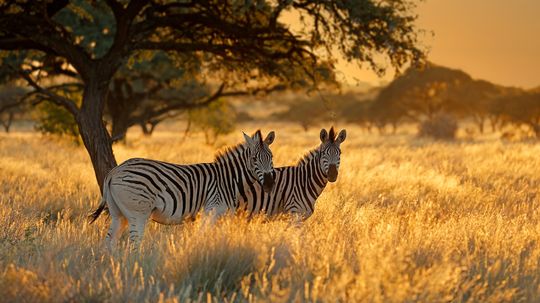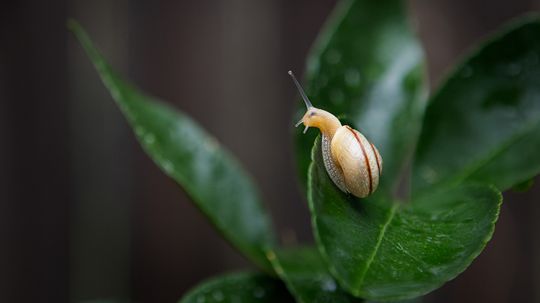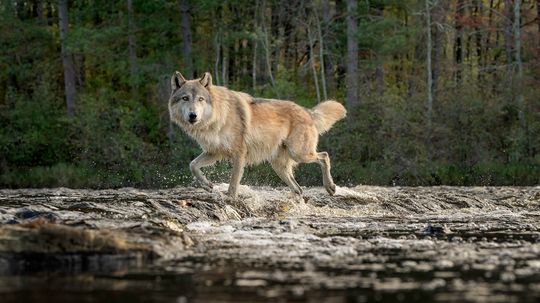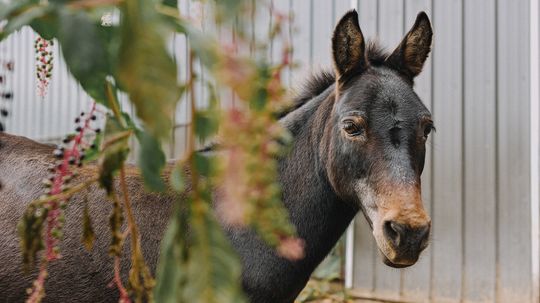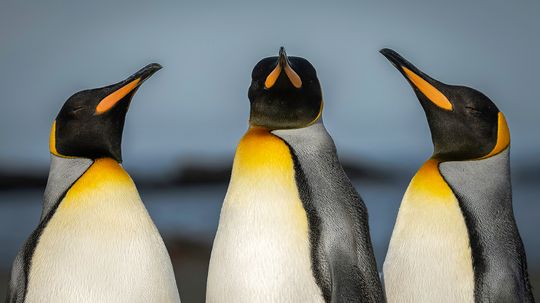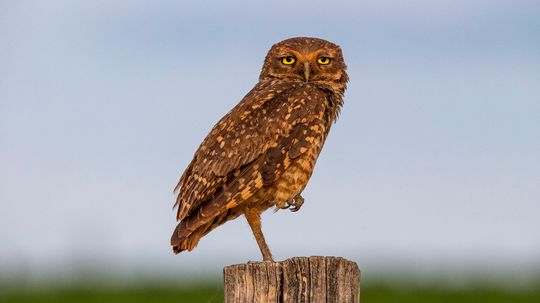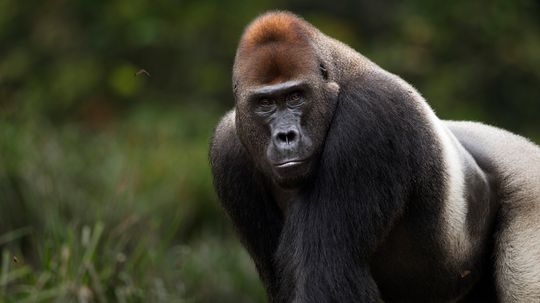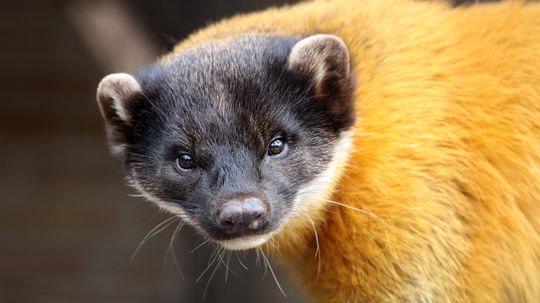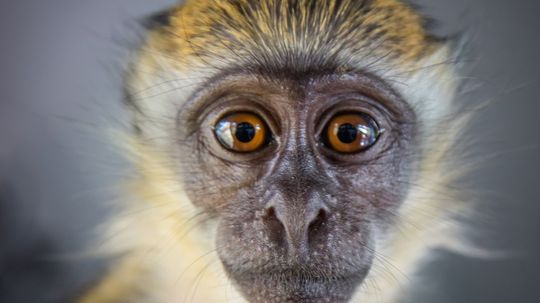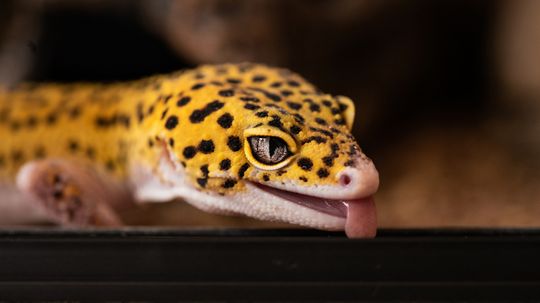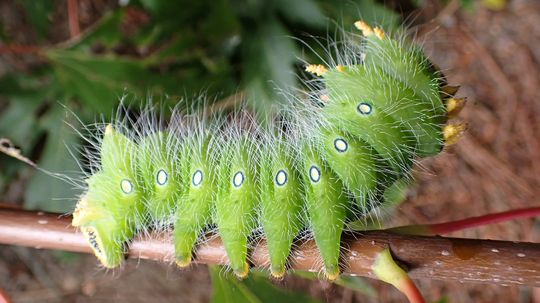Animal Facts
Learn about some of the strange and unusual facts and terms in the animal kingdom.

7 Most Dog-friendly Cities in the U.S. (Spoiler: West Coast Wins)
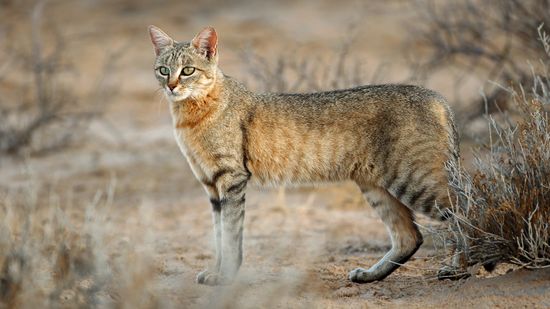
Where Did Cats Originate From? How Cats Came to Tolerate Humans

Bernese Mountain Dog: A Working Breed Built for Cold Weather

What Is a Group of Orcas Called? Not a School or a Squad But A...
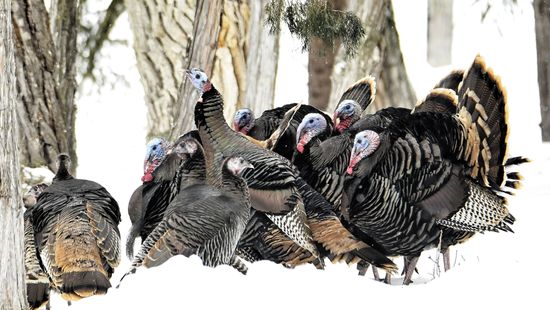
What Is a Group of Wild Turkeys Called? Not a Flock

What Is a Group of Raccoons Called? It's Surprisingly Elegant
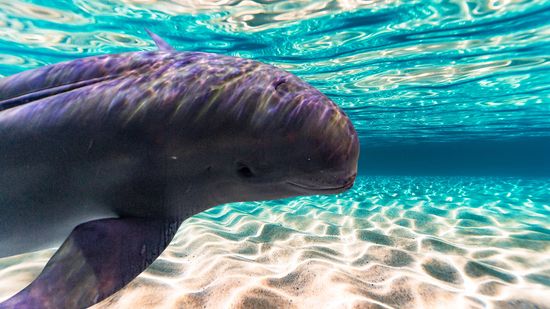
Yangtze Finless Porpoise: The World's Only Freshwater Porpoise
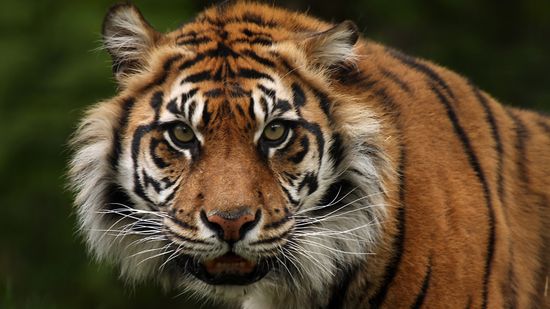
Sunda Tiger: A Critically Endangered Subspecies in Sumatra

The Sumatran Orangutan Faces Large-scale Habitat Loss

12 Scariest Dinosaurs You'd Want to Avoid While Time Traveling

The Smartest Dinosaur (and 9 More Clever Prehistoric Reptiles)

Pteranodon vs. Pterodactyl: Comparing Non-dinosaur Species
Learn More
The animal kingdom is full of surprises. From strange survival tricks to bizarre biological quirks, the weird animal facts that follow will make you look twice at the natural world.
By Nico Avelle
The animal kingdom is home to millions of species that crawl, swim, fly, and gallop across Earth. From deep-sea dwellers to backyard birds, different types of animals help us understand evolution, ecosystems, and our place among other living things.
By Nico Avelle
In the world of elite equestrianism and thoroughbred racing, price tags can gallop into the tens of millions.
By Nico Avelle
Advertisement
At first glance, slug vs. snail might seem like a case of one just missing a shell. And in a general sense, that's not far off.
By Nico Avelle
At first glance, it might be hard to tell the difference in a coyote vs. dog comparison. But these two canines — while closely related — lead very different lives. From behavior to body shape, learning how to distinguish them helps pet owners and nature watchers alike.
By Nico Avelle
It’s the ultimate throwback face-off: mammoth vs. elephant. These two giants share a lot of DNA, but their differences are buried in the fossil record and written across their anatomy. One is an extinct species, the other still roams Earth’s forests and savannas.
By Nico Avelle
If you spot a Siberian husky trotting through the snow, you might think you're seeing a wolf. That husky vs. wolf confusion is a common, and while huskies and wolves share a common ancestor, they're very different animals.
By Nico Avelle
Advertisement
If you've ever stood in front of a mule or a hinny and scratched your head trying to tell the difference, you're not alone. The question of hinny vs. mule is one that even seasoned animal handlers sometimes stumble over.
By Nico Avelle
Survival in the tundra is not for the faint of heart. From extremely cold temperatures to harsh winds and minimal vegetation, the tundra biome is one of the most unforgiving places on Earth.
By Nico Avelle
If you're picturing a sea of sand with nothing but heat waves and tumbleweeds, it's time to rethink the Sahara Desert animals. The largest hot desert on the planet Earth is bursting with life, from lightning-fast insects to super-chill mammals that defy the extremes of northern Africa.
By Nico Avelle
The Amazon rainforest is teeming with life — some of it mesmerizing, some of it deadly. The most dangerous Amazon animals have evolved extreme adaptations to hunt, defend and survive in one of the most biodiverse places on Earth.
By Nico Avelle
Advertisement
When the sun goes down, an entirely different set of creatures comes to life. This nocturnal animals list highlights some of the world’s most amazing night animals, from skilled hunters with heightened senses to creatures that use the cover of darkness to avoid predators.
By Nico Avelle
It’s the battle of the beasts: gorilla vs. grizzly bear. Picture a silverback gorilla facing off against a grizzly bear, two of the strongest and most iconic wild animals on the planet.
By Nico Avelle
When it comes to hybrid big cats, the battle of liger vs. tigon roars louder than a lion's call across the savanna. Both are hybrid offspring of lions and tigers, two of the most powerful big cats on Earth.
By Zach Taras
Are you going through the alphabet for a car game and stuck on animals that start with "Y"? Lucky you, that's our specialty.
By Ada Tseng
Advertisement
The animal kingdom is full of surprising creatures, from the tiniest insects to the most endangered marine mammals. Animals that start with "V" include some of the rarest and most interesting. From venomous snakes to eight-armed wonders of the deep, these creatures showcase the incredible variety of life on Earth.
By Yara Simón
Tasmanian devil, teddy guinea pig, tawny frogmouth... How many animals starting with the letter "T" can you name?
By Yara Simón
This list of animals beginning with "Q" includes some of the largest flying animals, as well as others that are tiny but mighty.
By Mack Hayden
When temperatures drop and food becomes scarce, many animal species have a built-in survival trick: hibernation.
By Ada Tseng
Advertisement
The animal kingdom is full of incredible creatures, and today we’re focusing on animals that start with "S." Some of them thrive in the wild today, while others once roamed the Earth but are now gone forever.
By Talon Homer
Capybara, cheetah, corn snake ... how many animals starting with the letter "C" can you name?
By Ada Tseng
There is a fascinating world of animals that start with "I." Some animal names are likely more familiar, like the mighty Indian elephant, while others are a little more obscure — looking at you, Iriomote cat.
By Yara Simón
How many animal names start with an "M"? The animal kingdom has many incredible animals that start with "M," including mighty predators, gentle giants, the largest species of fish and common animals found in the northern hemisphere.
By Yara Simón
Advertisement
Animals that start with "A"? Absolutely amazing! The animal kingdom is filled with fascinating creatures, and today we’re diving into a world of animal names that start with the letter "A." From giant mammals to tiny insects, there’s a whole spectrum of wild wonders to explore.
By Yara Simón
There's a whole host of animals that start with "E," from the largest land animal to small mammals with a curious nature. Whether they waddle, hop, swim or soar, each of these interesting animals has something unique to offer.
By Yara Simón

